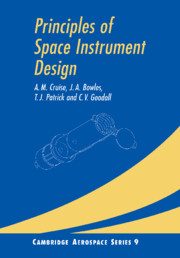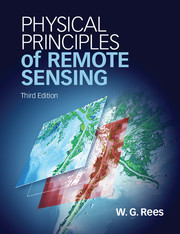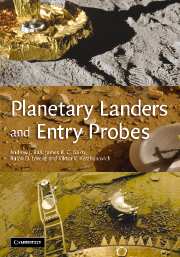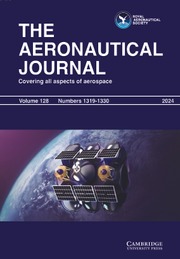Principles of Space Instrument Design
This informative account of the design of instruments used in rockets and spacecraft begins by introducing the basic principles of designing for the space environment. Following chapters discuss mechanical, structural, thermal and electronic design, including the problems that are frequently encountered in the testing and verification of spacecraft subsystems. The authors carefully describe important aspects of design, including stress analysis, multilayer insulation, two-dimensional sensor systems, mechanisms, the structure of space optics, and project management and control. A final chapter looks toward future developments of space instrument design and addresses issues arising from financial constraints. The book contains lists of symbols, acronyms and units and a comprehensive reference list. Worked examples, found throughout the text, make it valuable to final year undergraduate and beginning graduate students of physics, space science, space-craft engineering and astronautics.
- Contains many examples with full solutions
- The first comprehensive account of designing for a spacecraft subsystem. Includes introductory material
- Cruise is very well known internationally in both engineering and space communities
Reviews & endorsements
"...a level of practical detail not often seen in books on spacecraft engineering and is most welcome... likely to appeal to university researchers with an interest in building their own instruments for future missions, or indeed engineers in the space industry tasked with an instrument design or fabrication contract. In addition, many amateur astronomers will no doubt be fascinated by the details of space isntrument design. In summary, this is an excellent book covering the field in depth and includes extensive practical advice which can only come from those with many years of hands-on experience." The Times Higher Education Supplement
The book is intended as a manual for the newly graduated engineer or physicist involved with the design of instruments for a space project. It can also be used as a textbook for the increasing number of undergraduate and MSc courses which offer a degree in space science and technology. The book covers the general principles of designing for space; mechanical and thermal design of space instruments; electronics; mechanism design and actuation; space optics technology; and project management and control." International Aerospace Abstracts
"Overall this book is well presented, covers many topics of clear relevance to space instrument design...The book fills a long outstanding omission from the available literature." The Aeronautical Journal
Product details
May 2006Paperback
9780521025942
396 pages
244 × 169 × 21 mm
0.635kg
232 b/w illus. 18 tables
Available
Table of Contents
- Preface
- 1. Designing for space
- 2. Mechanical design
- 3. Thermal design
- 4. Electronics
- 5. Mechanism design and actuation
- 6. Space optics technology
- 7. Project management and control
- 8. Epilogue: space instruments and small satellites
- Appendices
- Notes
- References and bibliography
- Index.






